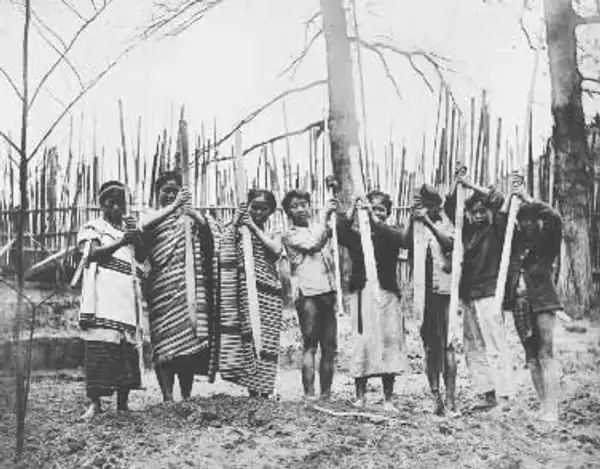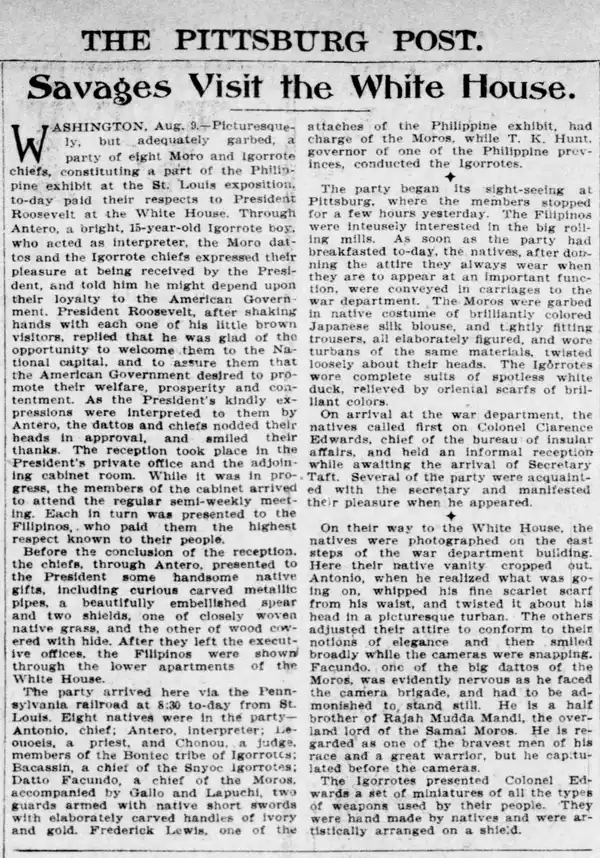Lesson Plan, Video, Article, Primary Source, Activity 1904 World's Fair-Exhibition of the Igorot Filipino People
- Grade Level 3rd-12th Grade
- Time Period Early 1900s
Introduction
After the Philippine-American War ended in 1902, Americans became fascinated by the natives of the newly acquired territory which led to the development of anthropological exhibits showcasing what “primitive” life was like in the Philippines. During this time period, anthropologists adopted an evolutionary perspective rooted in white superiority. One of the exhibits featured the Igorot people who anthropologist Albert Jenks believed were the most uncivilized tribe in the Philippines. These exhibits/human zoos sparked the creation of negative stereotypes of both the Igorot people and the Filipino community. Students will view the video segment from Asian Americans and engage in activities and discussions to explore the power of perception and its impact on shaping the identities of Asian Americans. Students will also examine the U.S. politics and scientific theories that shaped the perception of Americans and sought to justify U.S. colonization in the Pacific and the mistreatment of the Filipino community.
Lesson Objectives
Students will be able to:
- Describe how the exhibition of Igorot people was used to reinforce the notion of the superiority of whiteness and white culture, and to justify the colonization of the Philippines.
- Examine the question of whether scientific anthropology can be used to disguise racism.
- Describe the factors that contributed to U.S. Western Expansion across the Pacific.
- Evaluate the impact (social, political, and economic) that scientific racism has had on America.
Essential Questions
What role did anthropology play in the creation of racial hierarchies in America?
Is America’s hierarchy still organized by race or is there another classification system currently in place? Explain.
Have you ever been treated differently due to your race or physical appearance? What might be the dangers of treating people differently based on their physical features or perceived race?
Are Asians the “savages” that U.S. politicians made them out to be during the time of Pacific expansion?
How did the acquisition of territories in the Pacific have an impact on America’s standing in the world?

